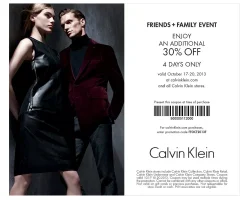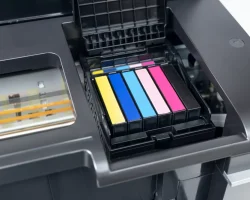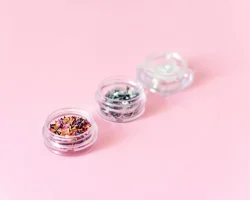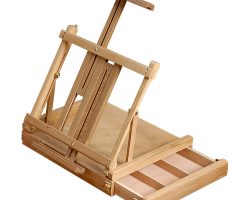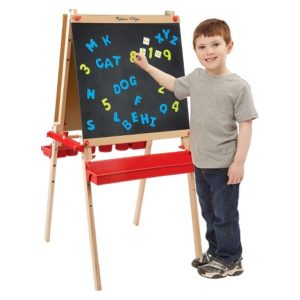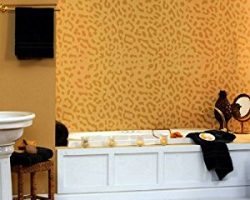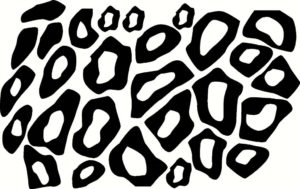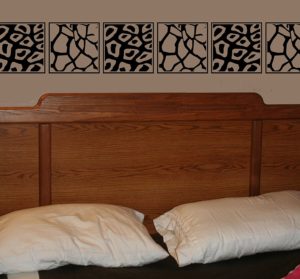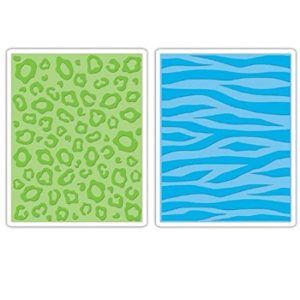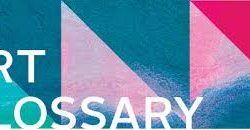Explaining terminology from Art Forums
This art vocabulary glossary was made as an addition to /ic/’s Beginner’s Guide. It lists explanations of terms that are commonly used on art forums. We focus on visual art, namely paintings and drawings, in both the digital and traditional medium.
Note: work in progress. 🙂
Overview
A
Anatomy: the study of human and animal body structures. Artists study skeleton, muscles and fat distribution, as well as these functions in movement, in order to draw realistic looking figures or creatures.
B
Basic Shapes: the basic shapes are the sphere, the cube, the cone and the cilinder. Everything in life can be simplified to these basic shapes or variations of them.
When learning a new subject (proportions, perspective, lighting, …), it is useful to start with basic shapes.
Blending: mixing paint on canvas, mainly used in the context of painting digitally or with oils. This is an important part of rendering.
How to blend digitally
C
Chicken Scratch: the same as “hairy line”. Drawing a line consisting of multiple small scratches or going over a line multiple times to mask mistakes. Not to be confused with loose, sketchy lines. *example picture to be added
Canvas: the surface you paint on. For a traditional painter this is the fabric he works on. For digital artists, the canvas is the total image dimension he is working on. (better explanation for “digital canvas”?)
Color/Colour: considering painting techniques, colour refers to the whole of hue, value and saturation (also called chroma). This is an in depth guide to colour: The Dimensions of Colour.
Comfort Zone: keeping to the skills you already have and not trying new things due to fear of failure. For example, artist might restrain themselves to a single colour palette, or drawing the same subject over and over again.
Composition: arrangement of the elements in a pleasant manner. Or unpleasant, if you suck at composition. *explanatory video link to be added
Concept Art: mainly designing. Usually part of a larger process (creating a movie, game, …).
Construction: building the subject of the painting or drawing from a basic structure. This could be basic shapes which are later on refined, or the key elements of the subjects. For example, a very basic construction for the human figure might be composed of the head, torso and pelvis, with sticks for the joints.
E
Eyeballing: judging by eye, as opposed to measuring with rulers, drawing grids, colour picking, …
F
Fair Use: use of copyrighted works within legal limits.
Flatness (or flat drawing): the works lacks a sense of depth. In many cases, this is due to a poor value range or using strictly contour lines.
Flow: relaxed, zen-like work state of full concentration. For the photoshop tool “flow”, see this post.
Freelancer: self-employed professional.
Fundamentals: things you have to know before you can move on. The crawling before walking and running.
Figure Drawing: drawing humans.
G
Gesture: you probably heard before that non-verbal expressions are the most important element of conversation. That’s what gesture is about. The gesture of a figure, animal or even object can express a wild variety in emotions and actions. Gesture studies are a necessary complement to anatomy studies, to prevent your figures from becoming lifeless.
Graphic Design: the visual art that focuses on convey information. Fields like web design, logo design and typography are important to graphic design.
Grayscale/Greyscale: black-and-white. Consisting only of grey shades (from white to black). Sometimes short for “an image in grayscale”. Value painting/drawing.
H
Hairy Line: the same as “chicken scratch”. Drawing a line consisting of multiple small scratches or going over a line multiple times to mask mistakes. Not to be confused with loose, sketchy lines. *example picture to be added
colour hue Hue: this term is difficult to explain, as it corresponds to “colour” for those unfamiliar with colour theory. This is the third aspect of colour besides value and saturation. For example: red, green or blue are hues. Adding white or black will not change the hue.
I
Illustration: art accompanying another product. For example, illustrations in a book, on game cards, … Nonetheless, an illustration often has stand-alone artistic value.
Illustrator: artist making illustrations, either as a freelancer or employee.
L
Layer: in tradtional painting, this is literally a layer of paint. In digital painting, this is the layer in the painting program, on which one or more elements are kept. Painting on a single layer is also possible. Digital layers can be swapped, moved around and edited individually.
Life Drawing: also “drawing from life”. Drawing a real life object or person, as opposed to drawing from photo reference and drawing from imagination. The three most common life drawing practices are still lifes, model drawing and sketching people from life. The most beneficial aspect of life drawing is the increasing sense of value and 3D perception.
Loomis: usually heard in a phrase like “needs more Loomis”. This refers to the figure construction method as taught by the famous art teacher Andrew Loomis.
M
Master: an artist of great skill. An “old master” would be a great artist from the past, such as Rubens or Van Eyck. A “master work” is an artwork of high artistic and technical quality.
In the broadest sense, a master is any artist whose skill and accomplishments you admire. Doing a “master study” refers to studying the work of a master in order to learn from it.
Muddy drawing Muddiness (or a muddy drawing): the colours or values aren’t cleanly rendered. The most common causes are:
1. painting with a lot of short, small brush strokes instead of fluid large strokes.
2. Poor colour choice, for example shading by adding black.
3. Smudging.
N
Negative Space: the space surrounding the object of figure. Drawing negative space means focusing on the outer edge. This is most helpful to fix proportion errors.
Notan: balancing areas of light and dark in a harmonious whole. This concept is great importance in traditional ink paintings.
O
Opacity
Overlay
P
Pen Pressure: when using a tablet for digital art, you can turn pen pressure on. This responds to how firmly the stylus’ tip is pressed against the tablet surface.
It’s similar to how a pencil gives darker lines when pressed harder into the paper, but you can link pen pressure to a variety of settings. It is most commonly linked to line thickness and opacity.
Perspective
Photo Study: doing a study using a photograph as a reference. The goal of the study can be anything from lighting to anatomy.
Professional: an artist earning full-time income from his craft. Also refered to as “pro”, though “pro” is sometimes used for any artist of great skill.
Proportions
Q
Quick Pose: figure sketching done whilst setting a timer for each pose. Most common are quick gesture sketches, using 30 to 60 seconds for each figure. The purpose of quick poses varies.
R
Reference:
S
Saturation:
Self Portrait: drawing oneself in front of a mirror. Drawing yourself using a photo reference is usually regarded as a photo study.
Sketch: this is either an unfinished, rough drawing, or a drawing done as preparations for a bigger art work.
Sketchbook: there are physical sketchbooks with bound blank pages used to draw in, often done outside. “Sketchbook” could also reference to a regularly updated forum thread devoted to the art and progress of a single artist.
Skill: acquired technique and knowledge. The ability to do something.
Smudge: smudging is a blending process by rubbing with your finger or some material on the canvas. It is very common practice in pencil drawing, but often with poor results.
Speedpainting: a quick painting, usually between 30 minutes to 2 hours. Currently also used in the context of time lapse videos of the painting process.
Still Life: drawing or painting objects from life.
Studio:
Study: drawing or painting a reference in order to learn from it. The goal is to acquire knowledge and skill to use in one’s own artworks. Methods vary wildly depending on the aspect focused on.
Symbol drawing: drawing one’s representation of something instead of a realistic depiction. For example, drawing an almond shape and a circle for an eye.
T
Talent: the notion that one’s skills aren’t acquired by practice or studying. By some used to indicate great skill, but keep in mind that this could be an affront to hard working artists.
Thumbnail: a small version of an image.
Tutorial: short instructive guide. A tutorial could be in any format, from video to plain text. Usually tutorials are a combination of step drawings and explanatory text.
Tracing: putting a transparent sheet or a new layer on top of a picture and directly drawing over the lines. On the ethics of tracing, check out this link.
V
Value: when putting the colour on greyscale, value is the range it falls in, with pure white being 0 and pure black being 100. As some programs use different numbers, the value can also be expressed as a percentage, for example 10% grey.
Value is regarded as the most basic and important quality of colour, and beginners are encouraged to start practicing in greyscale before moving on to full colour. The two other aspects of colour besides value are hue and saturation.
